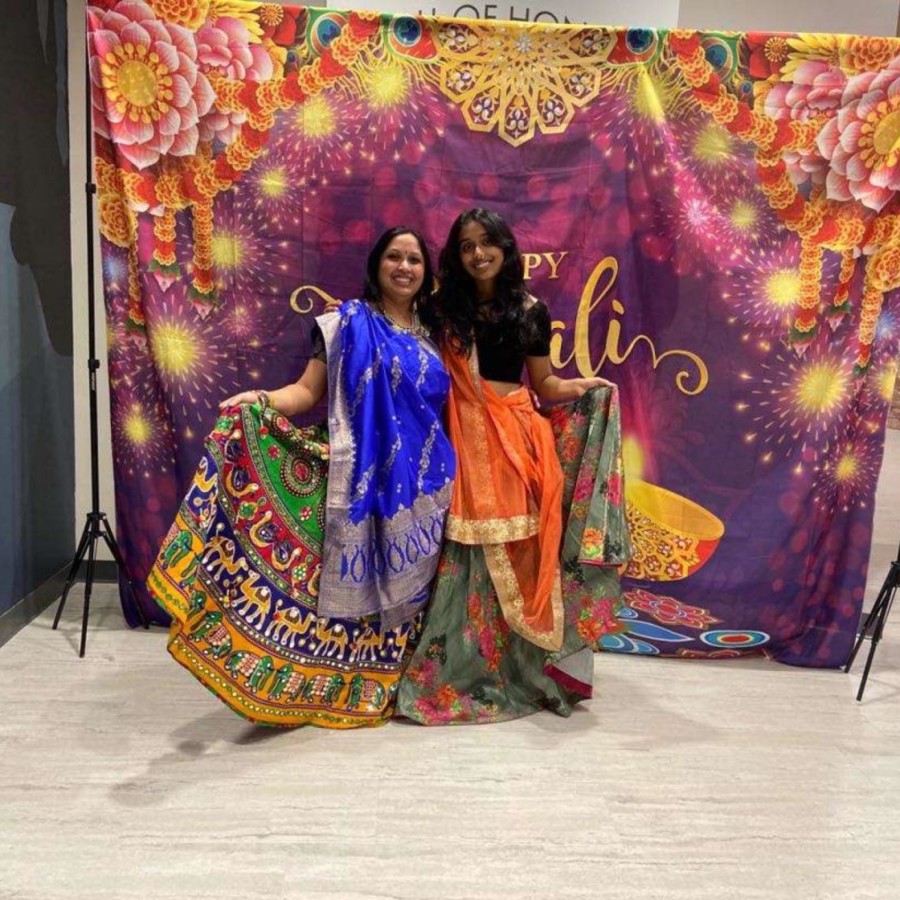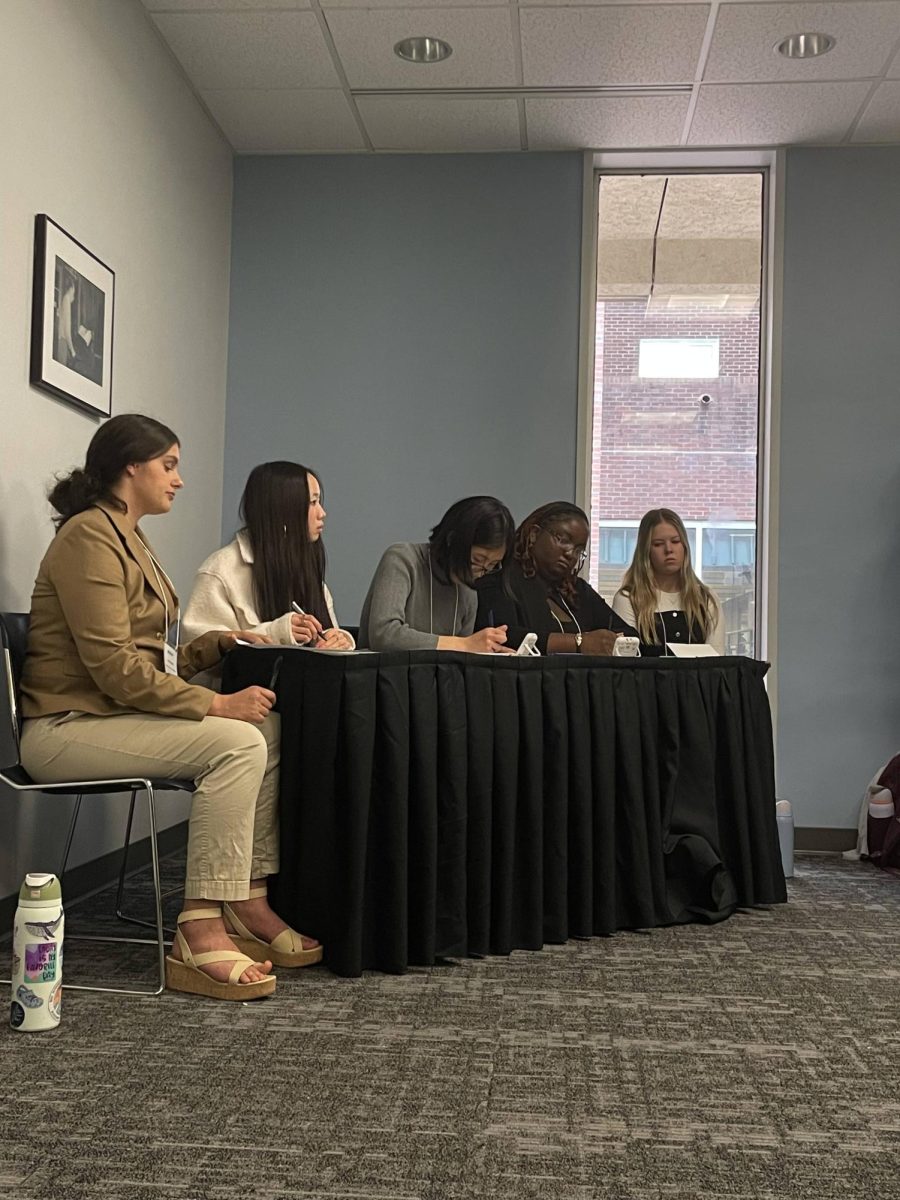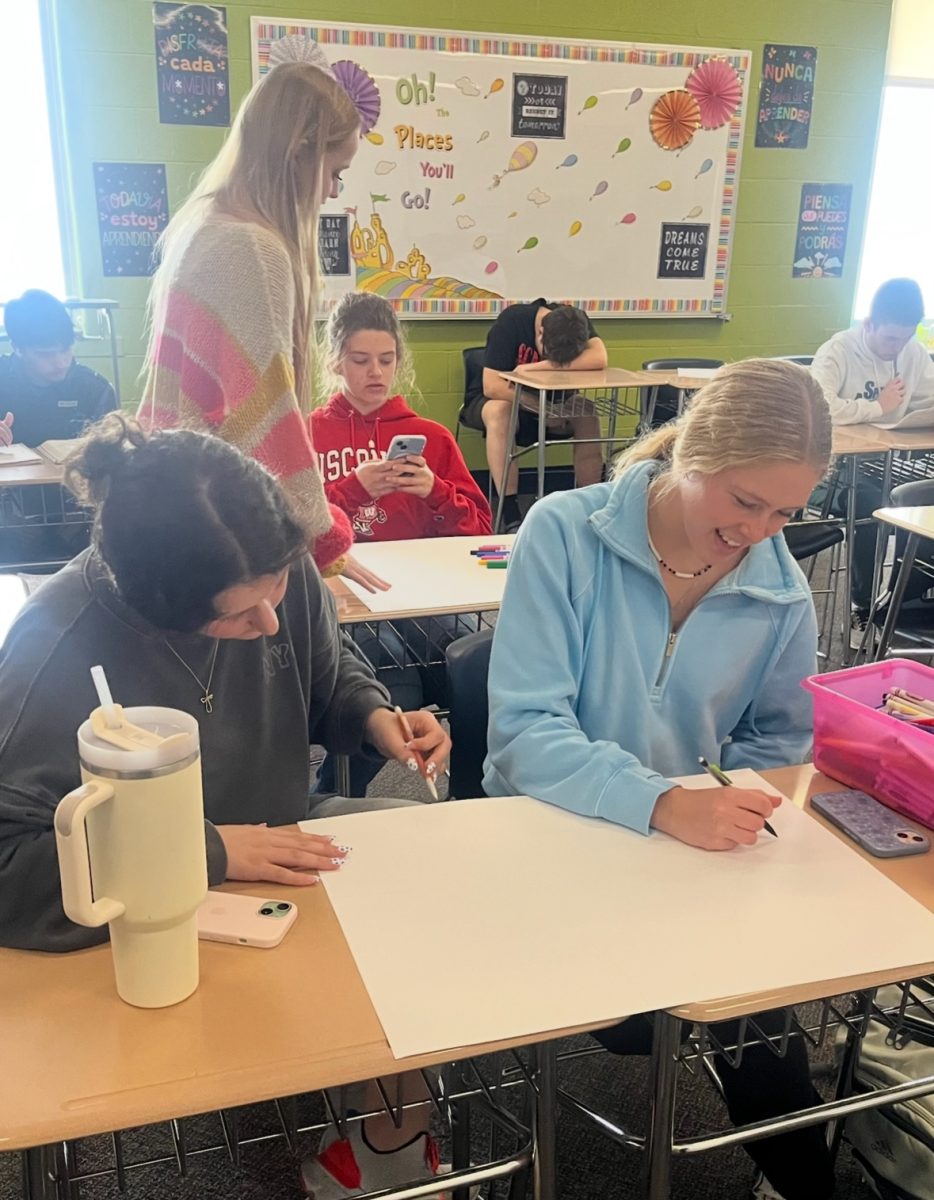For hundreds of years, public schools have given students cumulative weeks of break to celebrate holidays with their families. Although public schools enroll students from a wide range of cultures and religions , the breaks tend to coincide with predominantly Christian holidays.
Looking at the largest breaks throughout the school year, the first takes place in the month of December. Historically, this break has been called “Christmas Break” for many public schools around the country including PV until just a few years ago. The break gives students the opportunity to put their studies aside and focus on family and celebration. It usually tends to accommodate Hanukkah as well.
For the large number of students in public schools with other religious and cultural affiliations, they are required to take days off of school to celebrate. They still have homework and responsibilities on the holidays, responsibilities other students don’t have over Christmas or Hanukkah.
Emily Goodpaster is a senior at Pleasant Valley High School. She and her family have celebrated Ukrainian Christmas ever since she was very young due to her family’s Ukrainian heritage. The holiday takes place on January 7, just a few days after most winter breaks end. Goodpaster expresses her emotions regarding this holiday, and how she wishes the practice of public schools could change regarding breaks to accommodate students of her culture.
“Ukrainian Christmas is on January 7 so the break doesn’t line up. This is unfortunate because we don’t get a lot of time to spend with family doing all of our traditions and other activities. Looking forward, I think teachers should be understanding when students take a few days off for a holiday or cultural celebration.”
Goodpaster’s statement here remains very true for most public schools. Having to find time to catch up on school work in the midst of a celebration takes away from what makes these holidays so important: family bonding and celebrations with loved ones.
Senior Raania Ahmad shares similar experiences. She is a muslim and celebrates Eid, an entire month of worship and fasting. Twice a year, she and her family celebrate their faith in God for about three days at the end of the month. School does not stop for Eid, and she feels as though she does not get the same opportunity to celebrate with her family as others do during Christmas or Easter.
“I understand there isn’t as big of a Muslim population in our school compared to other religions. If someone were to say that there aren’t many people celebrating Eid and ask why we would have school off for it, I would remind them that on Labor Day Or Memorial Day hardly anyone truly celebrates or acknowledges it yet we still get the day off. It makes sense that we get Eid off so we can celebrate even if most kids aren’t celebrating that day,” she said.
The final senior, Sumika Thapa shares her experience regarding Hindu holidays, most of which take place during October. Because the school calendars do not observe these holidays, she and her brother have to miss school to celebrate.
“I feel like our school has such a large body of students that are Hindu and celebrate these holidays. There should be a break so the pressure of missing school work isn’t counted on student records.”
Given that a large majority of high school students hold Christian beliefs, it is logical to have breaks aligning with those holidays. However, it is evident that there is a significant portion of students that don’t celebrate those holidays. Finding a way to accommodate all cultural and religious celebrations is necessary to ensure quality time with loved ones over the holidays.










Elyanna Toulou • Dec 2, 2022 at 11:54 pm
Reading this article I definitely think that there should be accommodations for holidays and cultural celebrations. Even if a majority of student don’t celebrate something is doesn’t mean that the minority who do should be ignored.